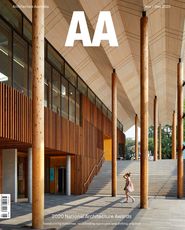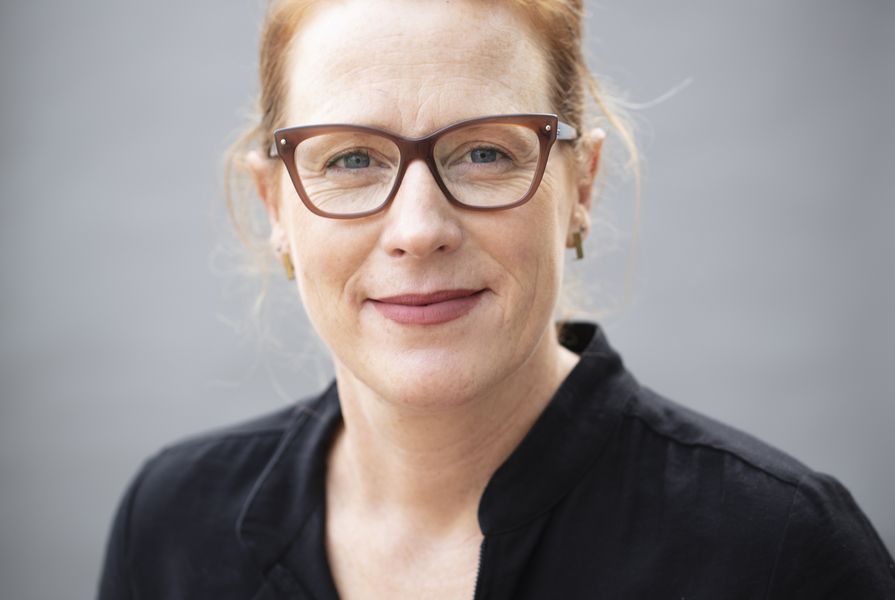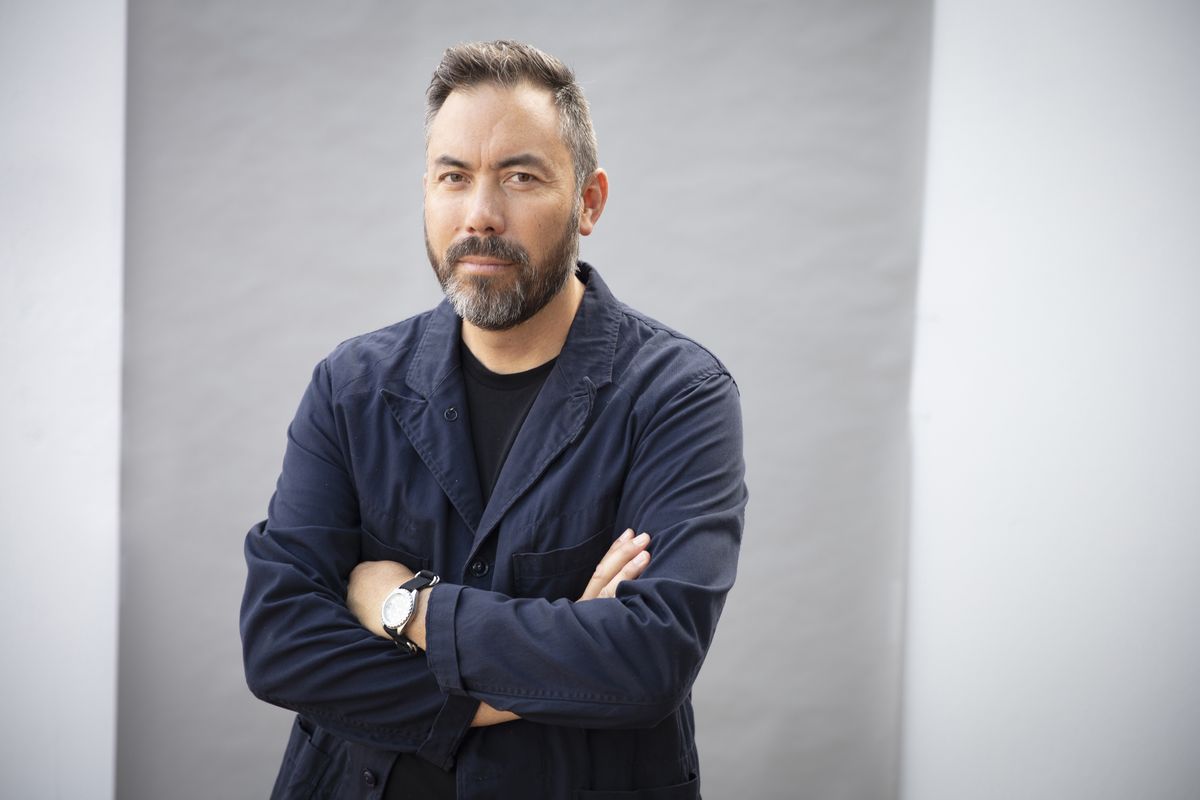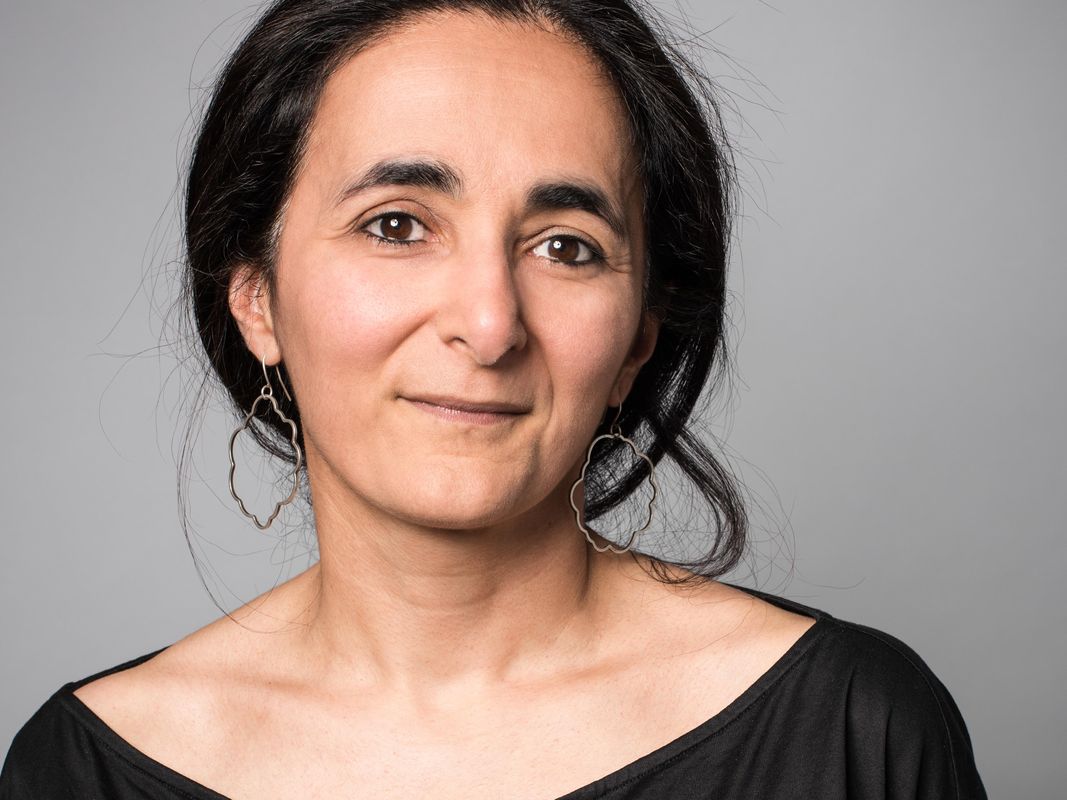At the beginning of 2019, we started discussing the idea of “leverage” as a theme for the 2020 National Architecture Conference. This was a way of thinking about how to generate greater positive influence as a profession; of how to deploy our skills, training, experience and expertise to address contemporary world challenges.
Unfortunately, the conference, like so many other events around the world this year, could not proceed due to COVID-19. But Leverage was, and remains, fundamentally optimistic. We believe that architectural wit and intelligence, agility and diligence, cheekiness and humour, restraint and flamboyance, ethics and goodwill can all be deployed to maximize advantage – in social, environmental and economic terms. We wanted to explore the untapped opportunities for impact and to examine how practices are already finding ways to create progressive change well beyond the convention of our discipline.
Since these early musings, the world has shifted into uncharted waters. And there is an even greater need to find inventive ways to apply our collective intelligence to the problems that face our communities and countries, to test professional models and assumptions.
In February, we established a stream of the conference around the devastating impacts of the bushfires across Australia and worked to find partnerships with organizations such as Gondwana Link in an attempt to take direct action. One of the key drivers of this approach was the recognition by many conference speakers and attendees of the impact of flights on their own carbon emissions. Our expanded awareness of our personal and corporate responsibility highlighted the need to offer a direct and targeted response to attendees. We did this through the funding of native planting and Indigenous land management practices in Western Australia’s southwest, championed for decades by community groups under the distributed network model of Gondwana Link.
As the fires registered the colossal scale of the environmental crisis, COVID-19 has illuminated the challenges that already exist (equitable access to housing, health care, public space, and even reliable information and data). For us, now, Leverage – this hopeful ambition for an amplified impact – feels more relevant and ever more urgent.
Rory Hyde discusses these opportunities brilliantly in his recent article, “A new world.”1 Rory was one of the speakers we had lined up for the conference. Although it is disappointing that we will not have the opportunity to stage live discussions with Rory and the other extraordinary speakers, in the spirit of the Leverage theme, we have “pivoted” to find new avenues to maintain connection. These important conversations will now occur via a series of edited interviews and thought pieces in Architecture Australia and online at ArchitectureAU.com.
In this first instalment on Leverage, Kieran Wong interviews Alan Ricks about the work of Mass Design Group, a practice with an extraordinary record in the world of social impact architecture. What makes Mass different from others in this field is its unique practice structure, which evolved from the founders’ commitment to global effect and working at scale, and the acknowledgement that many models of impact architecture limit participants’ own career trajectories and community agency. We were drawn to Mass’s desire to challenge accepted models of practice and create a business that is sustainable, agile and impactful.
Our theme of Leverage is focussed through four streams – Policy and Politics, Practice and Projects, People and Partnerships, and Polemics and Publishing. Mass has it all! In little more than a decade, Mass has positioned itself to respond quickly to humanitarian need, demonstrating the relevance of design thinking in creating long-term solutions to the global challenges of policy, community, health and infrastructure.
— Emma Williamson, Kieran Wong, Maryam Gusheh and Justine Clark were appointed as creative directors of the 2020 National Architecture Conference. Due to the impacts of COVID-19, the conference did not proceed.
1. Architecture Australia, vol 109 no 4, Jul/Aug 2020, 10–11; available at architectureau.com/articles/a-new-world-surviving-a-crisis
Source

Discussion
Published online: 8 Feb 2021
Words:
Emma Williamson,
Kieran Wong,
Maryam Gusheh,
Justine Clark
Issue
Architecture Australia, November 2020



















